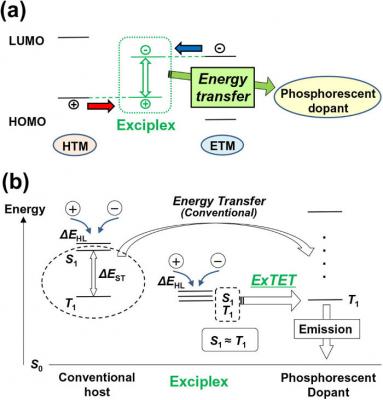Sunic Systems managed to achieve 1,500 PPI Using plane source evaporation
Sunic System recently unveiled a new evaporation-FMM based AMOLED system that enables high resolution deposition - Sunic says it will enable PPI up to 2,250 PPI. Sunic's new technology makes use of a plane source for evaporating OLED materials, as opposed to the currently-used linear source. Such high resolution displays will be very useful for VR applications.

Sunic System now announced that it succeeded in implementing 1.1um shadow distance by using the new plane source evaporation and 100um shadow mask. Such a small shadow distance can achieve 1,000 to 1,500 PPI resolutions. The company's next step is to lower shadow distance to 0.37um - which will indeed enable 2,250 PPI and 11K high-resolution mobile AMOLEDs.












